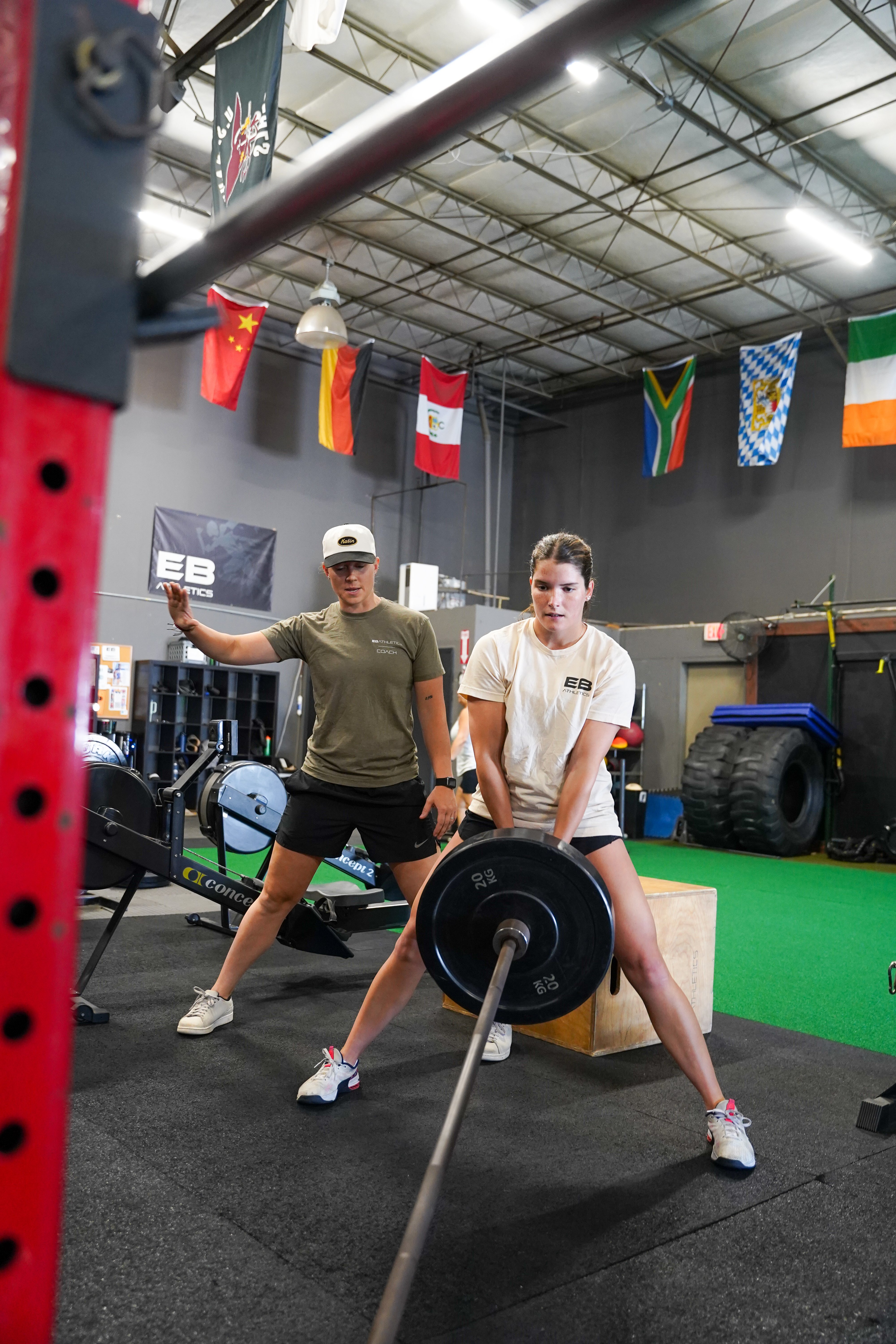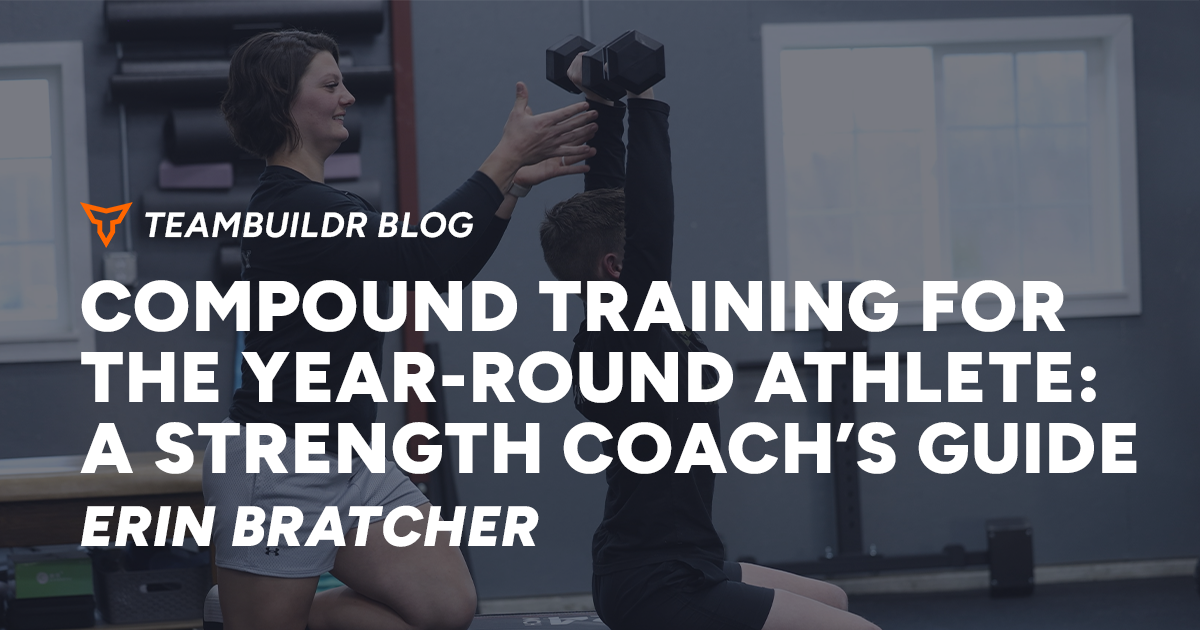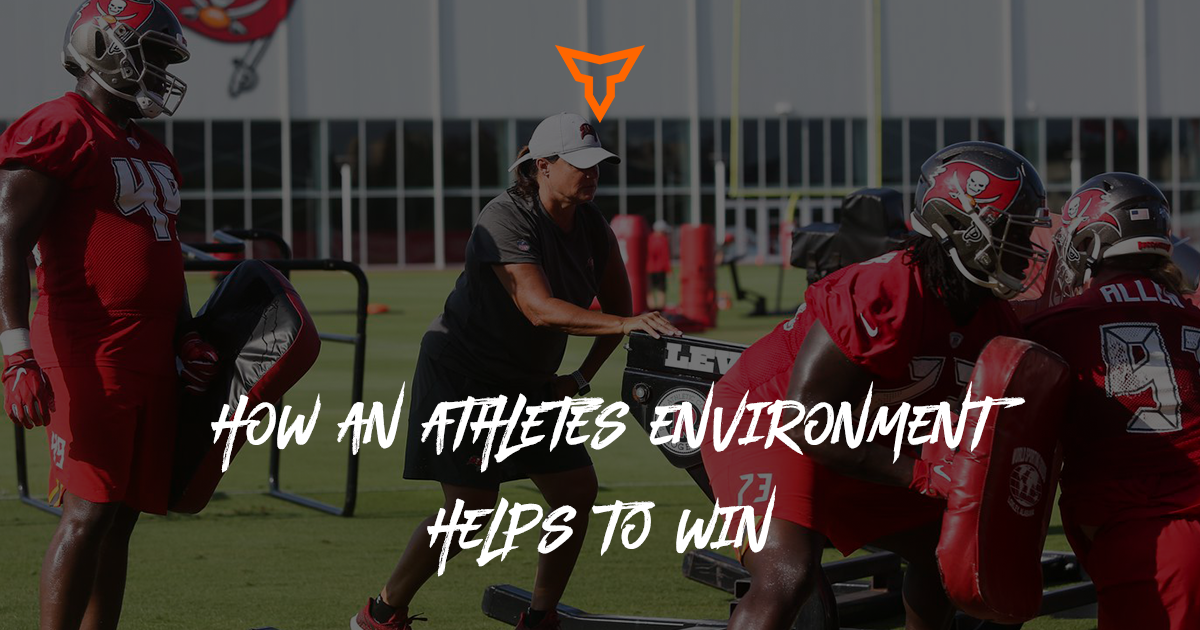Adaptive Training: Navigating Athletic Season Challenges
There is never a perfect way to prepare or plan for the unexpected in sports. That being said, having flexible systems that are easier to adapt to the ups and downs of a season can certainly make management easier. Here’s how we do it.
When it comes to training during the season, our first priority will always be the sport itself. We do our best to ensure we hit the minimum effective training dosages outside of practices and games—a stimulus just potent enough to elicit an effect while ensuring sufficient time for athletes to recover so they can perform optimally once again. In theory, this seems pretty straightforward. In reality, the chaotic nature of sport (and life) makes a straightforward logical progression almost impossible. So what do we do?
Our physiology states that to maintain or build certain physical qualities, we must train and recover at certain thresholds. To get faster (or stay fast), we must train at around 95% of our top speed. To get stronger (or stay strong), we must work at thresholds around 75% or so of our max output. The same can be said for power. To add another layer of complexity, each of these qualities detrain at different rates. If you aren’t training speed at least once per week, you’re getting slower by default. If you aren’t hitting higher force outputs in the right planes (and the right thresholds) at least once every 14 days, you’re likely getting weaker. It simply takes what it takes.
As you can imagine, balancing a holistic training plan on top of games, practices, and life can be extremely difficult. Add proper hours of sleep and good nutrition in the mix and now you’ve found yourself in a labyrinth of a rabbit hole. So, like most aspects of performance, we aim to keep things simple.
Training is a necessary supplement to sport performance. Knowing this, we must understand our role is one of stress management. We must cater our plans around the demands of sport, practice, and life as best possible. So, we’ve modified a popular quadrant style approach (kudos Daniel Bove) that helps us better select the appropriate training days for the week that is dependent on the demands of the week itself.
As you can see in the diagram, we’ve bucketed training days and relevant emphases into 4 sections, each with a volume/intensity prescription catered to the timeline (and stress demands) of practices and games. Here’s a breakdown:
Regenerate (G + ½)
This is our recovery day. Something of very low volume and intensity that is great for just after a game. We think of it like an extended warm-up; we’re getting some low-impact movement to flush the body and get circulation for recovery. Simple mobility circuits, low-intensity conditioning, or light hypertrophy work can be great for recovery.
Work/Build (G - ⅔)
This is our higher volume day where we can hammer some density as it pertains to tissue stress. We use full-range exercises and extensive plyometrics to focus on building robust tissue and keeping joints healthy. Work days are great earlier in the week to account for general soreness; we can load our athletes knowing they’ll recover in the coming days. We can do general strength work appropriately to work on “pulling the floor”.
Perform/Energize (G - ½)
This is our higher-intensity ballistic day with lower volumes. We up the nervous system stress and aim to manage tissue stress. We’ll utilize more position-specific exercises at higher velocities to prime the nervous system for games in the coming days. Perform days are great a day or two out from the competition; athletes feel “on” and energized. We’ll typically implement contrast sprint work, plyometrics, and/or explosive exercises using faster bar speeds and different angles to get our nervous system ready. Pepper in some full-range general strength work as needed and we’re good to go.
Game/Execute (G/No G)
This is the highest-intensity day. Both neural and tissue stresses are abundant. We utilize position-specific high-intensity exercises across both speed and strength spectrums to hone our training expression. This is our “raise the ceiling” work. If there is a game that day, volumes are cut in half BUT the intent is still maximal. Athletes should feel they have more in the tank. If they don’t have a game, we can keep volumes at a moderate level. Top-speed sprinting, intensive plyometrics, and heavy compound strength work are all staples of game-day lifts.
Across a training week, we’ll simply select the bucket most appropriate for the day. We call it the Performance Bingo Card. You might have athletes doing a couple of performance-style days and a game day each week. Others might have a couple of work days and a regen day, it’s all dependent on the demands each athlete faces across the week as it pertains to systemic and tissue stress. This is how we manage the chaos of sport and supplementary training.
Is it perfect, of course not. However, we’ve found the flexibility to adapt while ensuring appropriate dosages to elicit training effects to be quite beneficial. It also makes scheduling easier so athletes don’t fear doing too much or too little when it matters most. At the end of the day, we need our athletes to perform their best while navigating through sport and life itself. The weight room comes second.
Subscribe to our blog
Subscribe to receive the latest blog posts to your inbox every week.
Related posts

Compound Training for the Off Season Athlete

Compound Training for the Year-Round Athlete: A Strength Coach’s Guide

